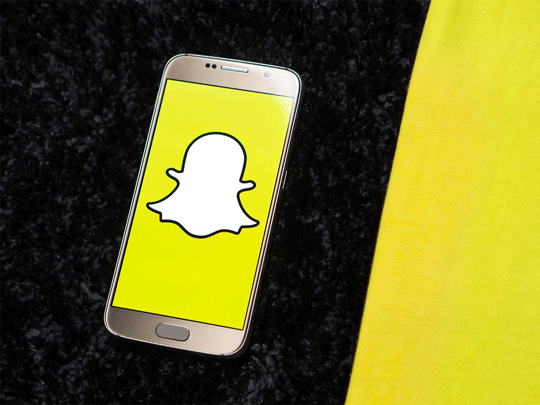Using Snapchat To Extend In-Person Health Education
Topics

Last month HIV.gov shared the results from the Pew Research Center's report on Teens, Social Media & Technology 2018Exit Disclaimer. The report noted that nearly 70% of U.S. teens aged 13–17 say they use Snapchat, making it a useful social media channel for outreach to U.S. youth who are living with HIV, of which almost half do not know they are infected.
"Snapchat is ideal for keeping people who are younger in your wheelhouse and connecting them to your content," says Shazmin Taylor of Answer, Social Media and Web Manager for AMAZE.orgExit Disclaimer. "It's also a starting point for conversations that someone might want to have in private. Social media is so public, and Snapchat's direct message feature is helpful for our community members who want to ask a question and engage in a private conversation about a sensitive topic, like HIV."
Some of our partners have told us that they want to use Snapchat because the young people they serve say it's the social media app they use most. But they also say they hesitate to use Snapchat because:
- It can be difficult to gain followers.
- Content is only shown for 24 hours.
- They have concerns about privacy.
- It can be difficult to get buy-in for using a platform that most of the people working in HIV organizations don't use themselves.
But if we want to reach young people, we need to use the tools they prefer, we always recommend using the platform that is most used by your audience. If you've been thinking about using Snapchat, here are a few things that will help make your efforts successful:
- Understand the culture of the platform. Young people like Snapchat because things disappear. When you talk with someone in person you both have the memory of the conversation, but it's not saved somewhere on the internet forever. So conversations on Snapchat feel closer to real life.
- Planning is essential. Before you use this (or any other!) tool, give yourself a few months to plan. Check in with your audience to be sure they want to get your content via Snapchat and be clear what kind of content you want to share. Try to have the same people who do your in-person education contribute content because they're likely to know what resonates with your audience. To get started, many organizations use the "stories" feature to put together short health-education messages. Some ideas include clinic walkthroughs and step-by-step instructions on how to use HIV-prevention tools.
- To get followers, ask! Snapchat doesn't have a search function that makes it easy for users to follow by topic or location—so just ask them to follow you! One of our partners gave people who attended their live events a post card with a picture of their "Snapchat ghost" (Snapchat logo) to scan. This gave them the opportunity to continue the conversation and education on Snapchat.
Using Snapchat may require you to revise your communications strategy at bit—but it can be worth to effort to reach the people who need what you have to offer!
As Erin McKelle, Communications Coordinator at YTHExit Disclaimer, says:
"The landscape of health has changed drastically in the past 10 years, as young people have become increasingly reliant on technology in their daily lives. Instead of looking at this in a negative light, Snapchat offers a real opportunity for health organizations to reach young people directly, rather than having to go through their parents, teachers, or educational institutions. and to connect with them in real time."